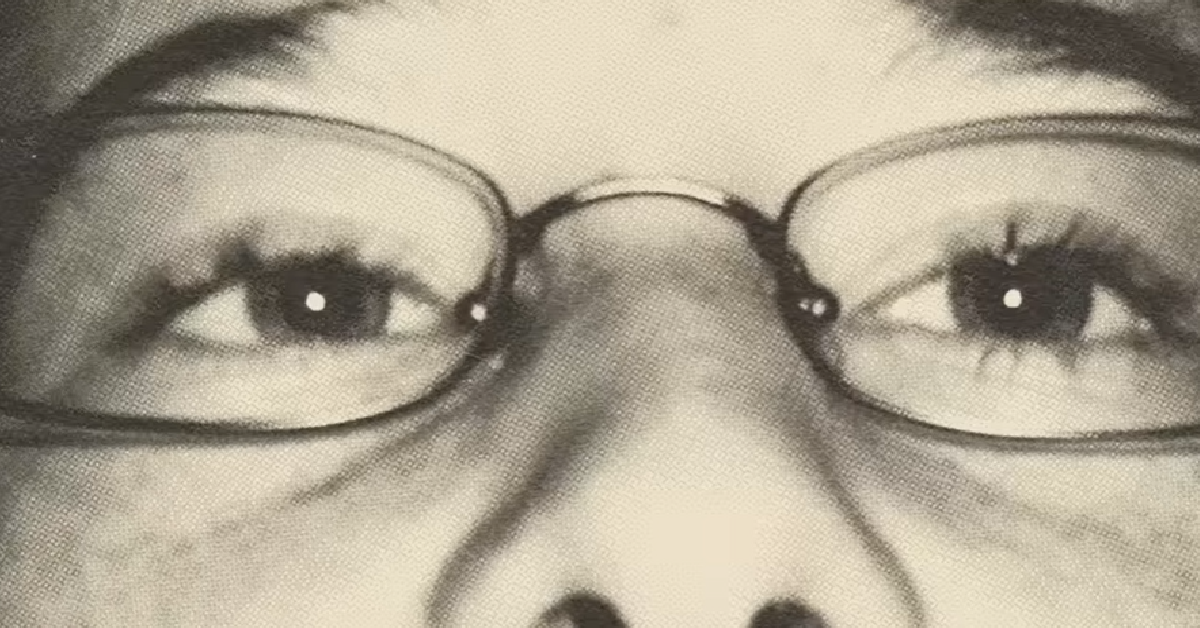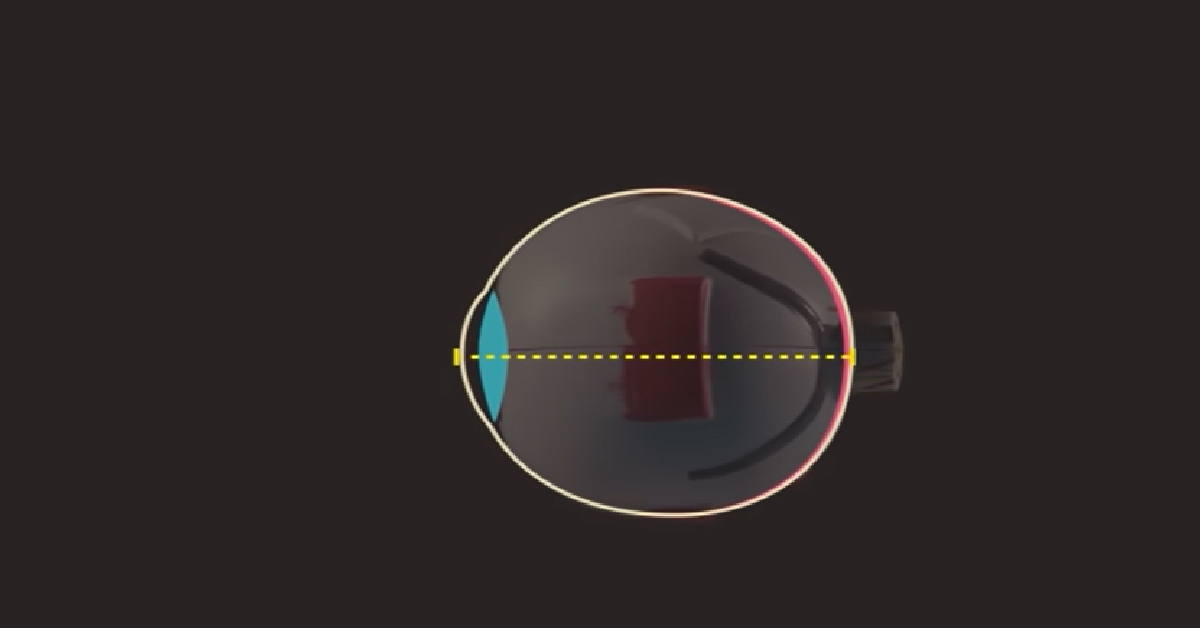Wearing glasses is a reality for most of us. At some point or another in our lives, we went to the eye doctor and were told we needed to wear some corrective lenses.
From that point forward, we became more and more aware of the fact that our vision was blurry. We may even have gotten accustomed to wearing glasses at an early age, and if we didn’t have them, it was a real struggle to see.

Although some children have always needed glasses, it seems to occur more often now than it once did. This was pointed out by Christophe Haubursin of Vox, who talked about children around the world that are increasingly in need of corrective lenses.
The type of vision problem that many young ones are experiencing is nearsightedness. That is the condition known as myopic, in which you can see things clearly up close, but you have blurred vision when you look at things far away.
Although research would be necessary to prove why more children are suffering from nearsightedness, there seems to be a correlation with environmental factors.

The world that we live in today is much different than it was several decades ago. We tend to work on things that are close to us, particularly our computers and electronic devices.
Another factor that can impact our ability to see things clearly is the amount of time we spend indoors. Undoubtedly, we have spent more and more time indoors in recent years, especially as children.
It sounds realistic to say these things, but he went further by consulting with Professor Seang Mei Saw of the Singapore Eye Research Institute. He agreed, saying that exposure to outdoor light stimulates dopamine production in the retina.

Since dopamine is responsible for regulating the growth of the eyes, a lack of dopamine results in our eyes continuing to grow.
When you compare the 100,000 lux of outdoor light with indoor light, which is closer to 300 lux, you can see the problem. It’s an interesting video with the potential for a possible solution.













